
Preamble: Reflections on becoming a “senior”
At the start of a new year many people like to reflect on their achievements or significant events of the past year. This year, I had the urge to write a sweeping summary of my life, picking the highlights of each decade. Why this urge? Well, I think it’s just the need we have as humans to create stories. And each of us is most aware of our own story. We want it to make sense. Maybe we hope to find a trajectory of progress, whether we measure that progress in terms of achievements, rewarding relationships, increased knowledge and wisdom, spiritual growth—or all of the above.
Maybe it seems to be the right time to summarize my life story because I’ve felt a sharpened awareness of my age this year. I sense that I’m becoming an older person. Not old as in being someone who is retired from work, or isolated, or constrained by dire illness or disability. Yet accepting that I’m becoming more frail, more limited in what I can do physically.
The overall decrease in energy applies to mental work, too. It takes effort to keep learning. I’m often overwhelmed by the rapidity of technical and cultural change. I recognize an “old person” response in myself when I refuse to adopt many new technologies. At the same time, I recognize that it’s essential to be open. I can’t keep up with everything but I can try to discern which technologies could be essential or beneficial for my editing work or personal life.
As older people, I believe we can contribute to judging the usefulness and implications of many new technologies. Unlike young people, we have the insights given by experience and a broad perspective.
Note: This is a long post, so if you just want to read my 2023 recap, skip to it here.
My Life in Decades
First decade (0–10): Childhood
My childhood was mostly happy and typically middle-class for the 1960s. Most of the time home was a stable and loving place. My father was a businessman; my mother was a homemaker (though she was too smart for this and I’m sure she was unhappy and bored at times). I have two younger brothers; all three of us are close in age. I was an A-student at school and took piano lessons for many years. My brothers and I loved our family holidays each summer at a rented cottage where we socialized with another family with kids our age. We played outside a lot. I rode my bike around the neighbourhood but didn’t participate in any sports.
Second decade (11–20): Late childhood and adolescence
I went through the typical mental and physical angst of puberty. I had hopeless crushes on guys, and then several boyfriends in high school, some of them “serious”. . . falling in love and heartbreak. I continued to excel at school. Junior high school highlights were being in the annual school play and playing the viola in the school orchestra and a small chamber music group.
The most significant thing to happen to me in high school was becoming a runner. I was encouraged by a gym teacher to join the cross-country running team. The coach, George Gluppe, had been a world-class sprinter, and he recognized my talent. Running changed my life. I started training hard and by age 18 was competing nationally and internationally in cross-country and track. I made two big decisions: to stay in Canada for university, where I could continue to be coached by George, rather than accepting a US athletic scholarship; and choosing to major in biology rather than English despite my love of reading and writing.
Third decade (21–30): Young adulthood: academic achievements, running competition, marriage, and travel
My university years were challenging, with hard courses and labs. At the same time I had to fit in exhausting workouts. I went through two years with a serious knee injury, but I did cross-training and ran for Canada at the World Cross-Country Championships in 1980, 1982, and 1983 despite limited training.
I lived in residence at York University for three years—my first time away from home. My roommate, Wanda, became my closest friend. My 1983 road-racing breakthrough in the Cleveland 10K launched my US road-racing career. I ran my first (and only) marathon at the end of my 1983 season, with a disappointing but predictable result—I was exhausted after months of track and road racing.
I did an extra year at university to finish lab work for my Honours thesis and graduated in 1983. I won a scholarship for graduate work in biology but decided to turn it down and focus on training for the 1984 Olympics while working as a lab technician part-time. I injured my second knee seriously just before the Olympic marathon trials in the spring of 1984. This was a traumatic time for me. I couldn’t run at all, and my disappointment about missing a chance to make the Olympic team probably contributed to my developing irritable bowel syndrome, which gave me such debilitating symptoms I had to quit my lab job.
The happy part of 1984 was meeting Paul. We fell in love quickly, and got married in the summer of 1986. For a few years, while Paul was completing his PhD at the Von Karman Institute north of Brussels, I alternated between two-month stints of living in Toronto and Brussels. Paul and I did great workouts in the forest right outside the Institute.
My fitness from the hard training with Paul paid off: I had a stellar racing season on the US road-racing circuit in 1987. I also competed in the World Athletics Championships in Rome. But in November I injured my heels badly, right after winning a silver medal in the 15K Road Race Championship for Women in Monaco. I still made the 1988 Olympic team and placed 13th in the 10,000m final, though my training was limited in 1988 because my heels remained inflamed. I spent 1989 recovering from my injuries, and doing lots of cycling.
Fourth decade (31–40): Becoming a parent
Becoming a mother was completely life-changing. My son Abebe was the main focus of my life for many years. I was also coping with health challenges that meant I could never again be the runner I had once been. I had blockages in both my left and right iliac arteries: bypass surgery was done on the left in 1993 and the right in 1998. I also had surgery for my long-standing heel injury in 1997. Finally, at age 39, I was able to train and race hard again.
I worked part-time during these years, becoming a member of The Esteem Team speakers’ bureau and giving motivational talks to elementary school students. Next, I started working as a private tutor for ESL students.
Fifth decade 41–50: Masters competitive running, marriage breakdown, and big midlife changes
I enjoyed much success as a Masters runner, competing locally in BC and travelling occasionally to big US road races. I was also a member of Canadian Ekiden teams competing in Japan three times when I was in my early 40s! Running trips, though brief, provided a good break from my domestic responsibilities. I set several Canadian age-group records on both road and track (though these were all eclipsed a few years later by outstanding masters runners Leah Pells, Lucy Smith, and Marilyn Arsenault).
Meanwhile, my marriage was breaking down. The last two years of this decade were filled with changes: I started a writing and editing diploma course at Douglas College; my son finished high school and left for Japan; and I decided that my marriage was over. Exploring dating sites and experiencing new relationships led me to discover that it wasn’t too late to feel passion again. At the end of this decade, I tore my right ACL while doing a new exercise at the gym, a freak accident that definitively ended my competitive running career.
Sixth decade (51–60): A new relationship, becoming an editor, adjusting to physical limitations, and losing loved ones
This was a decade of exciting, healthy beginnings but also adjustment to losses. My relationship with Keith has given me much happiness and comfort during many difficult times. Keith helped me through two huge losses: my coach George passed away in 2012, and my mother, in declining health for many years, passed away in 2017.
I moved into an apartment and started living alone for the first time in my life, with Keith a regular visitor. I started my editing business and loved the variety of clients and projects I became involved with. I chose to supplement my income and my social life by also working part-time at the Running Room. I joined a local Toastmasters club, making new friends and doing volunteer work for my club.
I started my “Running, Writing, and Relationships” blog, which gained a good following after I began a year-long project of writing about my year of training leading up to the 1988 Olympics and my 10,000m race in Seoul, Korea. I have maintained my blog for over 12 years now, writing about not only running and fitness but also about writing, books, and personal topics.
I had two knee surgeries (2010, 2011), after which my surgeon told me I could never run again. However, I have been able to get away with two short running workouts a week, and I’ve continued to enjoy bike rides, gym workouts, and swimming.
Seventh decade (so far, 61–64): Losses and limitations, a big editing project, and pretending to be a sprinter
The first years of this new decade have felt a lot like my mid-life crisis—another period of momentous, multiple changes. In just over a year, I’ve lost my father and the second of my two cats, Tux. During the same period of time, I bought a condo in the building where I had been renting an apartment, and moved up five floors. I finished my biggest editing project ever. I was part of a team that published an open access nursing textbook. I was both a copy editor and a project manager for a book that included three main editors, 32 additional authors, and library/technical staff at the University of Victoria. This year was capped off by the birth of my first grandchild on December 20!

In the past few years, running has become increasingly difficult, not only because of my arthritic knee but also because of circulatory problems and other age-related factors. It’s been hard for me to admit to myself that even slow 6K runs are now challenging. In addition, I’ve completely lost the desire to compete in road races. This shocks me. When I first recovered (partially) from my knee surgeries, in 2011, I found it hard to accept that my racing had to be limited to the occasional 5K. I was eager to race a few times a year. Now, I’m no longer motivated to feel the pain of a 5K. I know that even if I made a huge effort, my reward would be a disappointing “jogger’s time.”
Last summer, I joined a running club again, the Greyhounds Masters Track & Field club. Most of their members are sprinters. Training with them, I’ve been able to enjoy running again and rekindle my competitive spirit. Since I’m running mainly sprints I feel like I’m running fast again! I raced an 800m and a 1,500m this summer without caring about the mediocrity of my performances. I’ve accepted that running is now about sharing camaraderie and giving myself kudos for my efforts, even if my results are barely respectable on the age-graded tables.
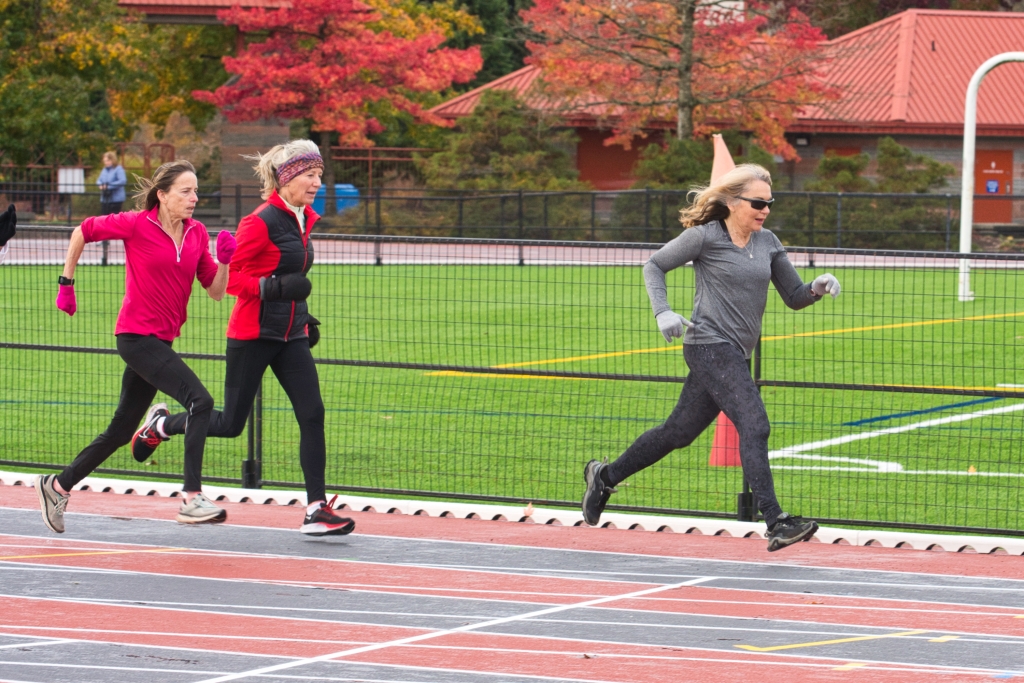
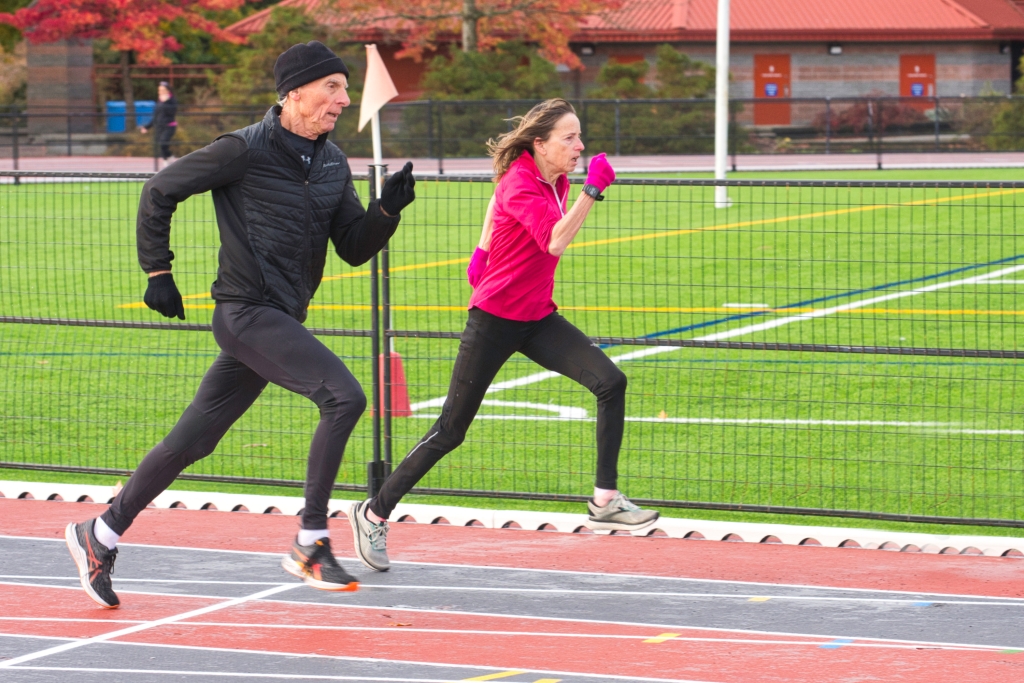
Becoming older, I’ve decided, is about trying to achieve a kind of synchrony and harmony like you see in the photo above. I know there will be more adjustments ahead, but I want my story to continue to be about learning, striving, welcoming unexpected twists, and being grateful for the people I love.

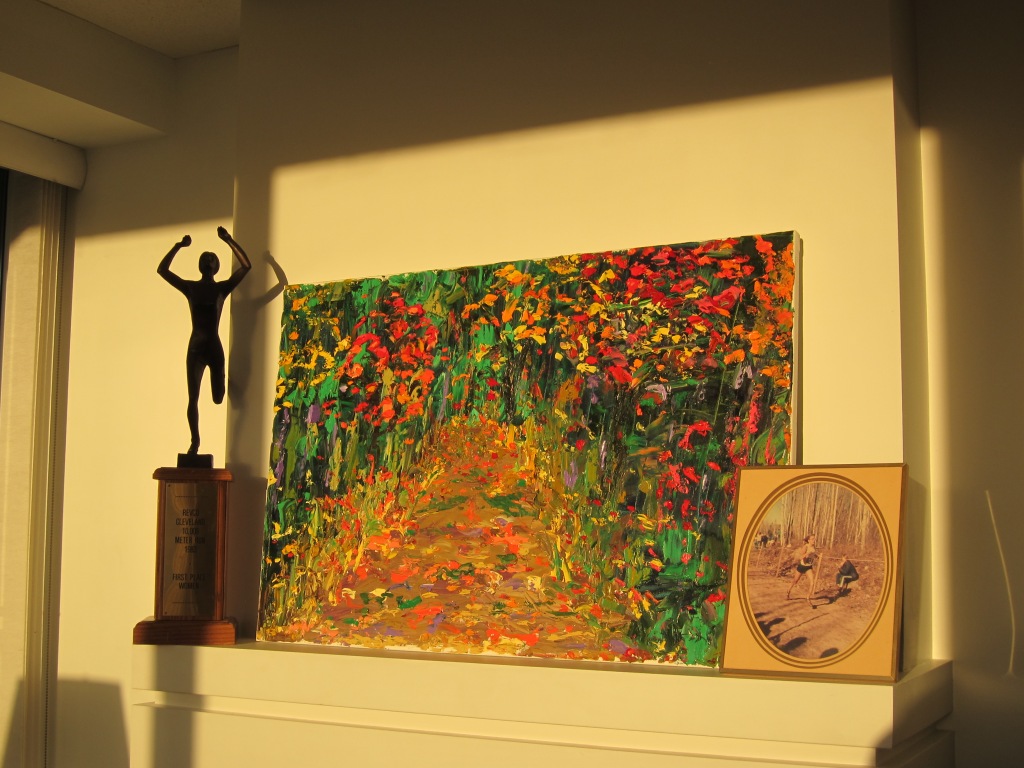

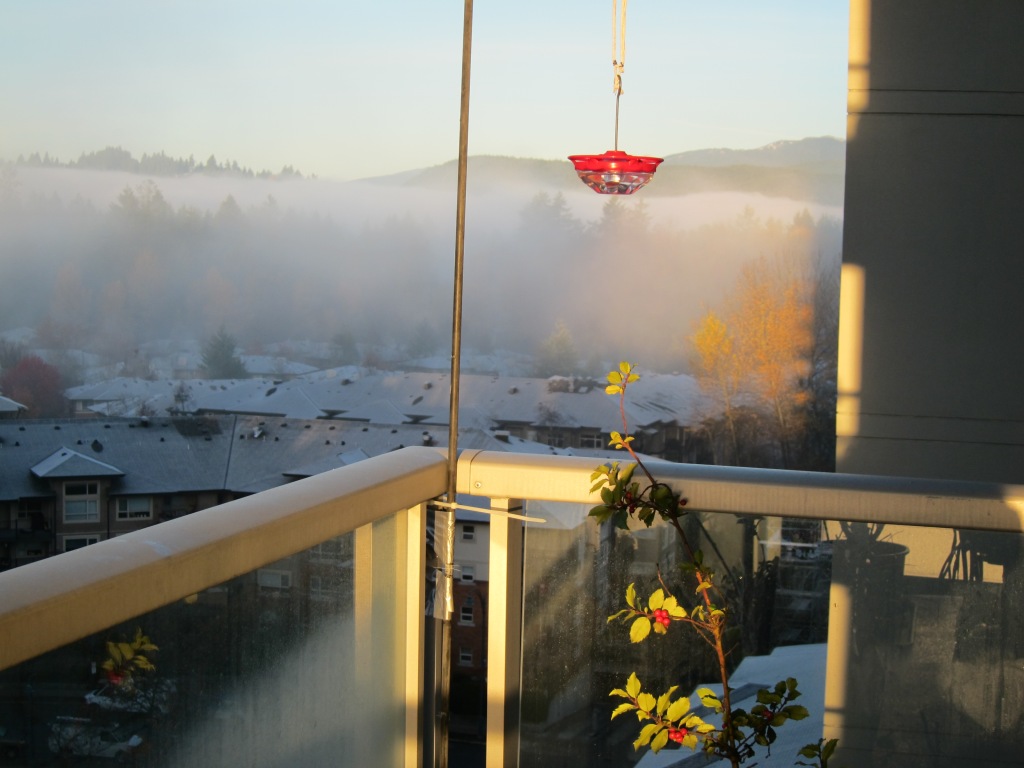


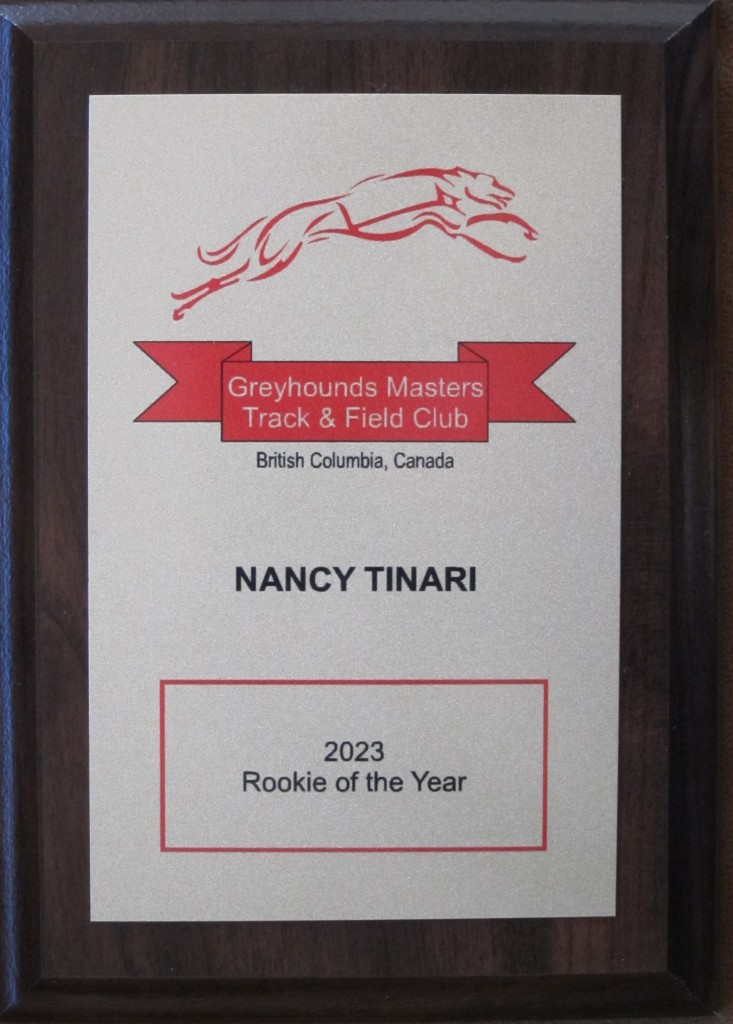
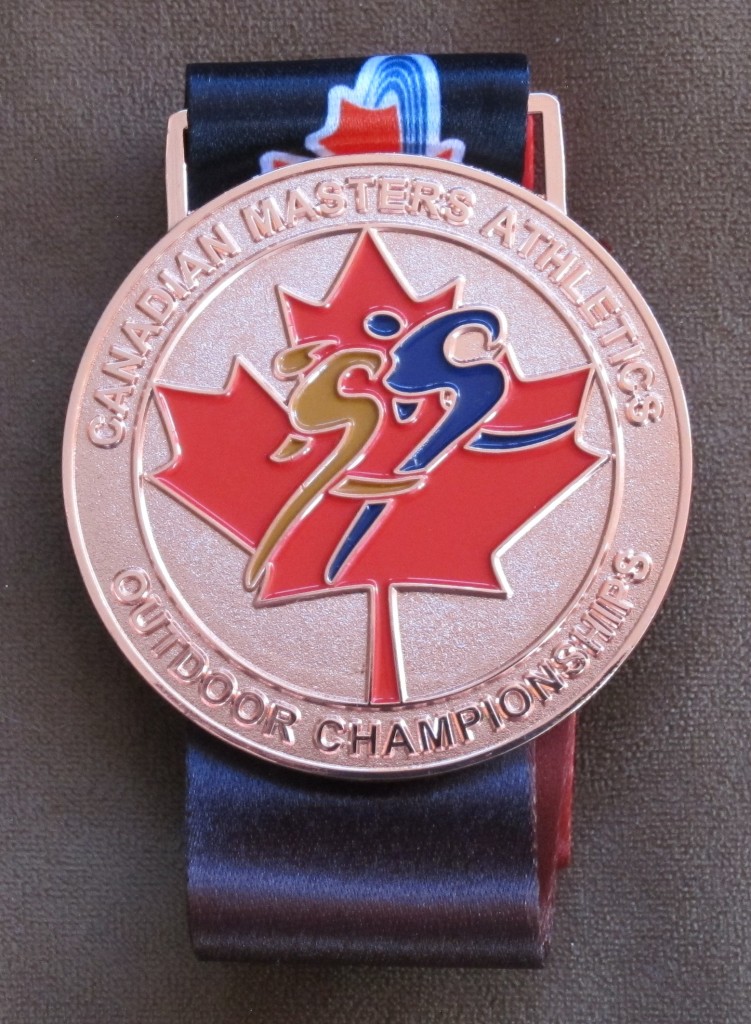
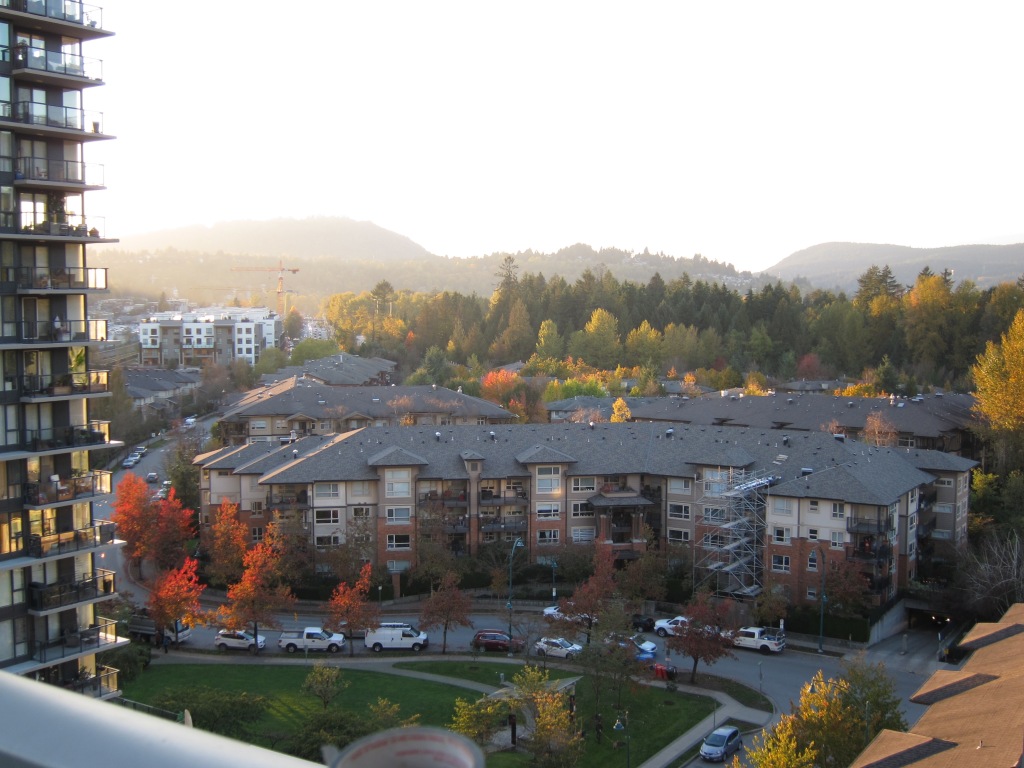


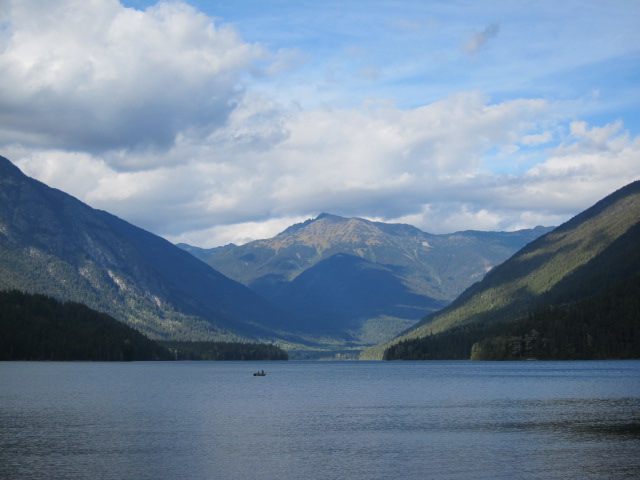




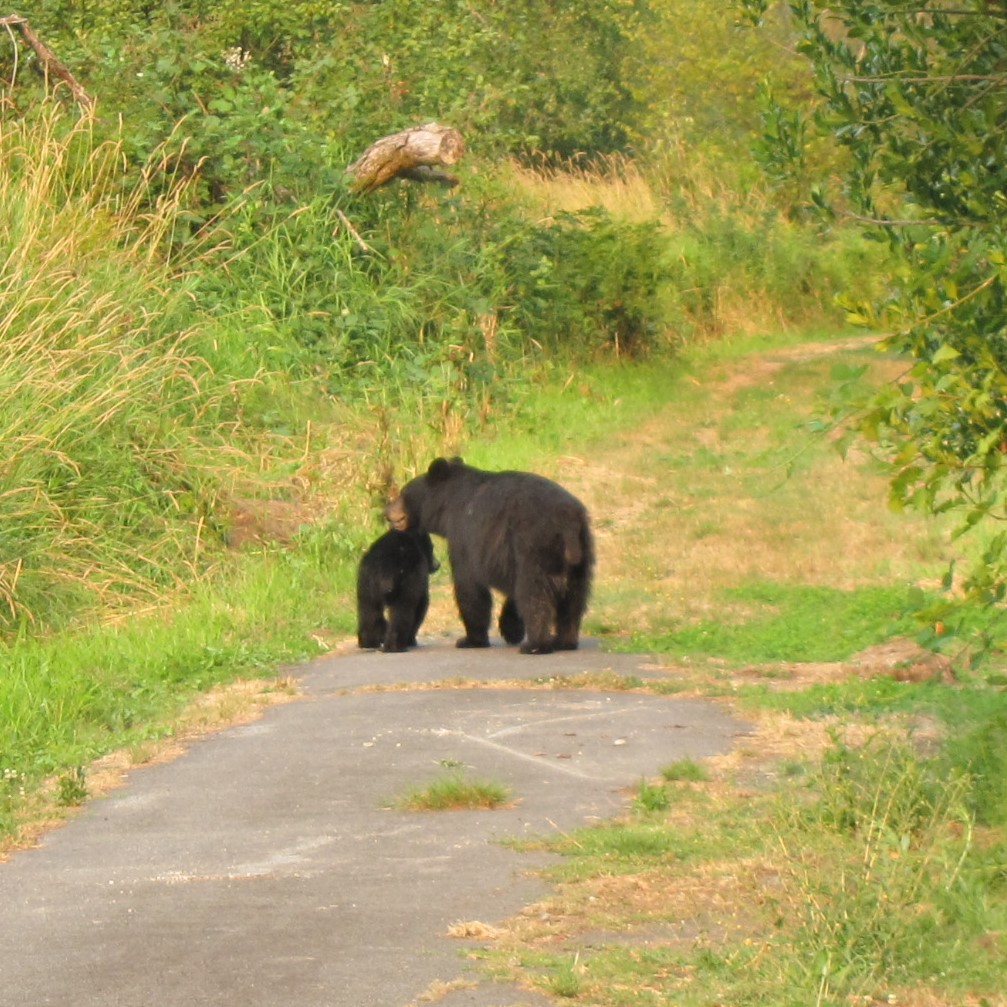







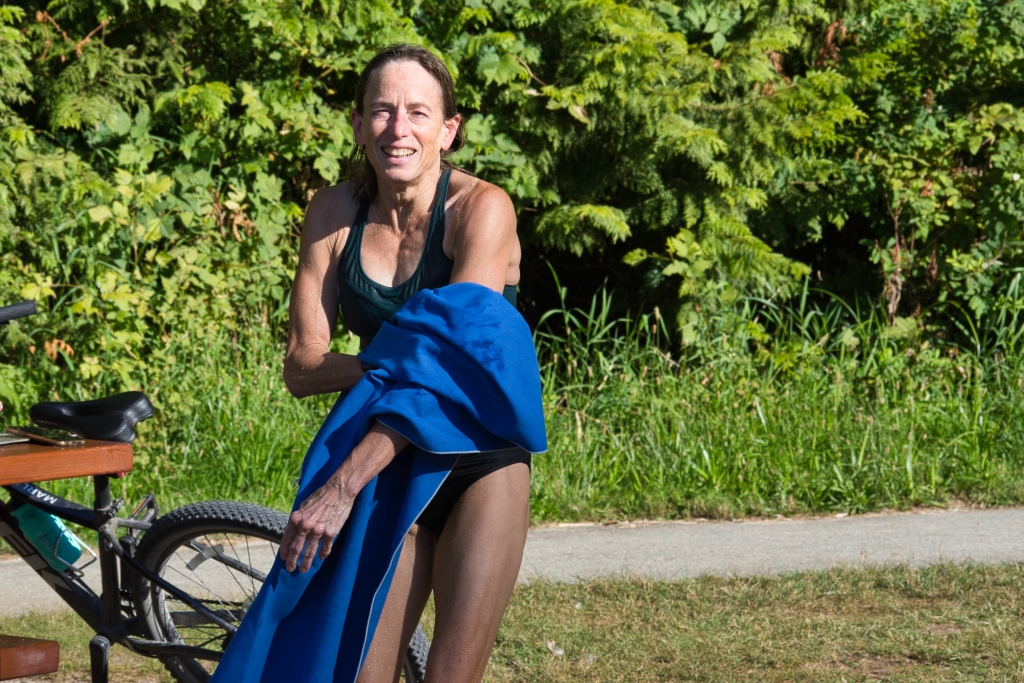



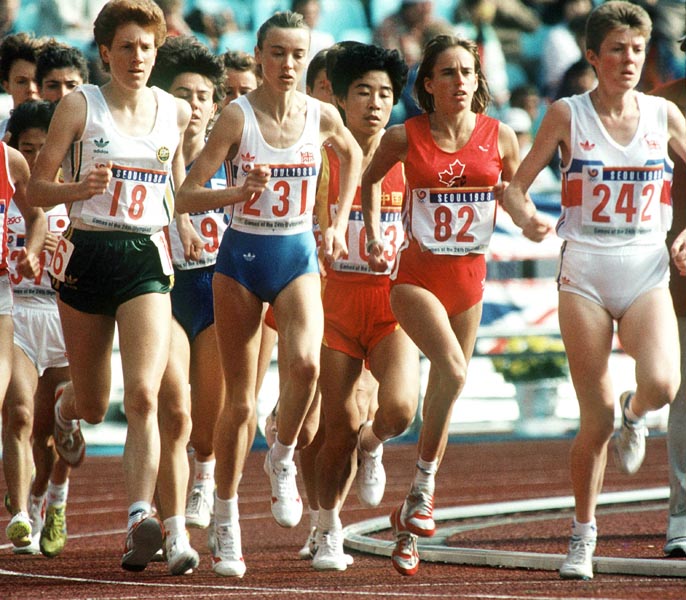


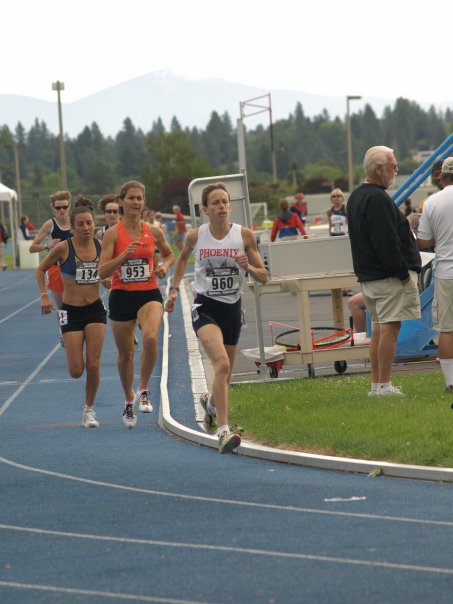
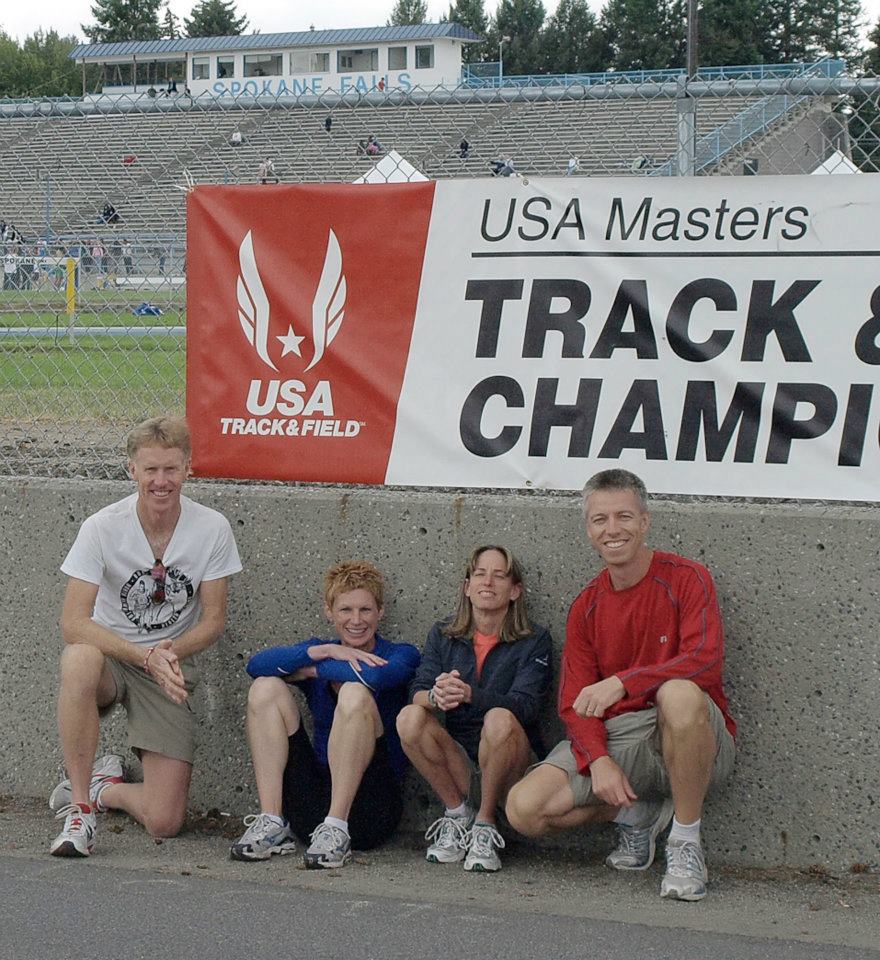
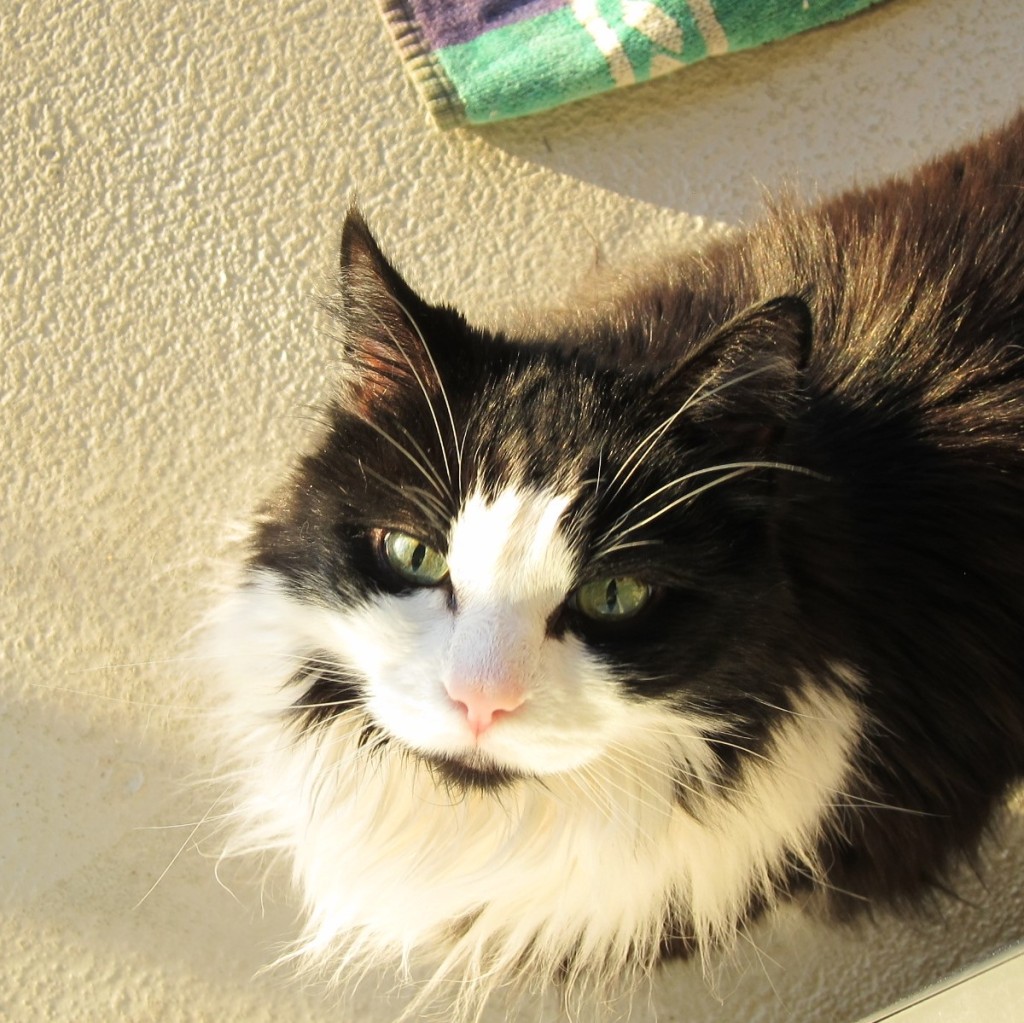



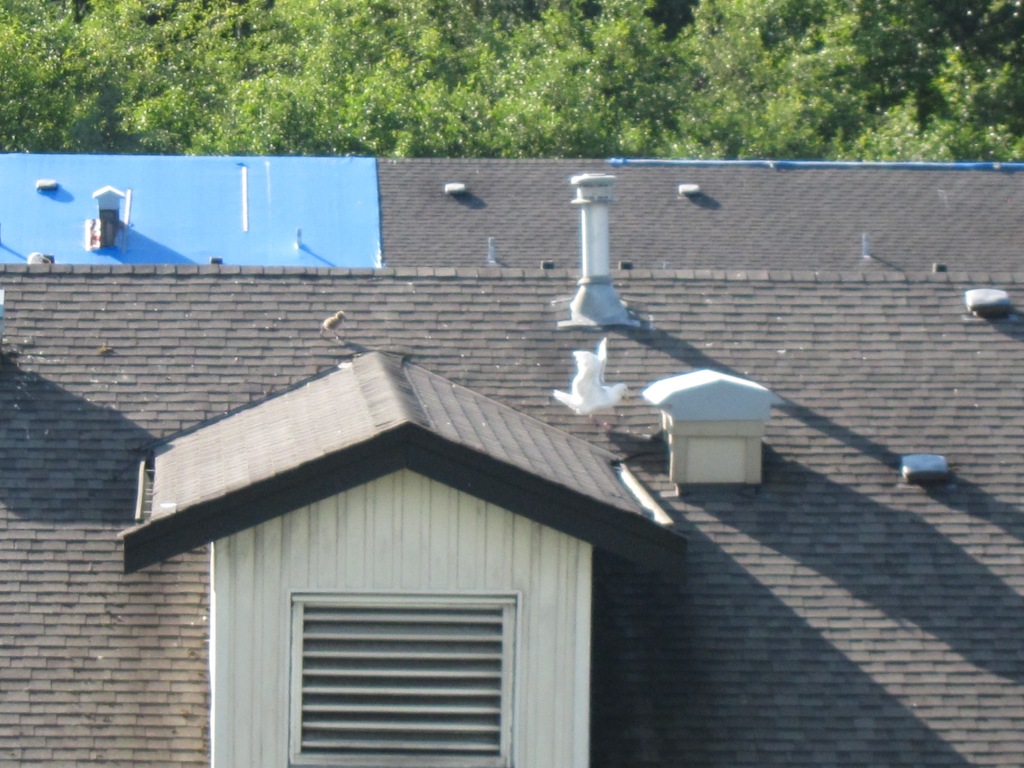




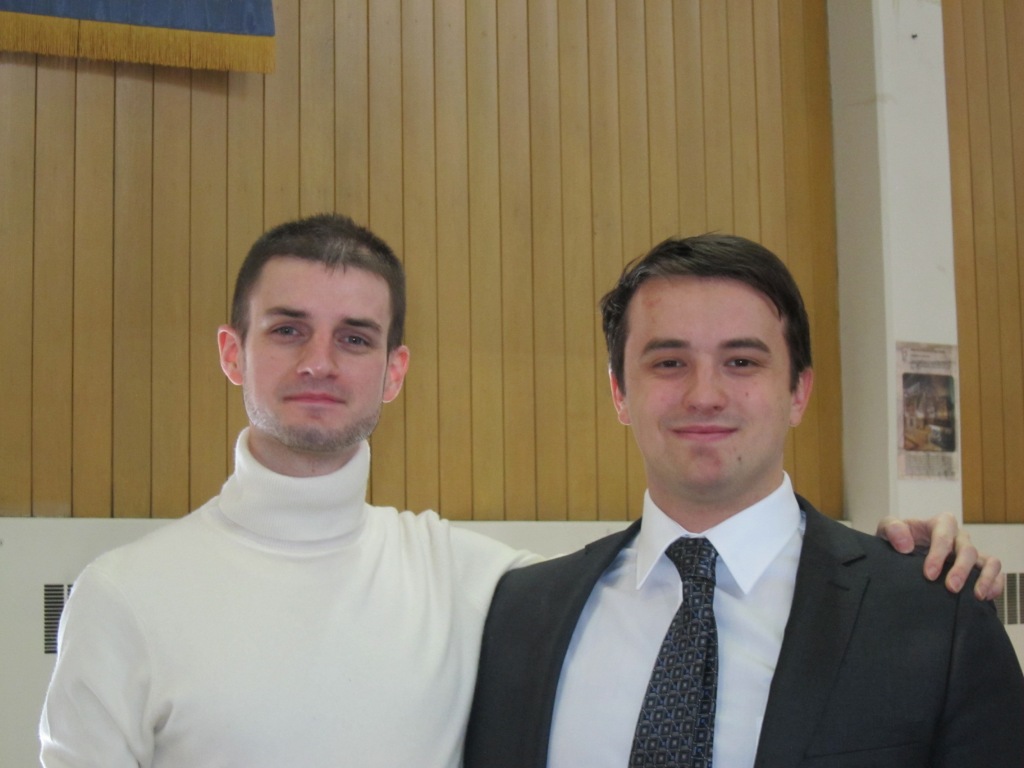
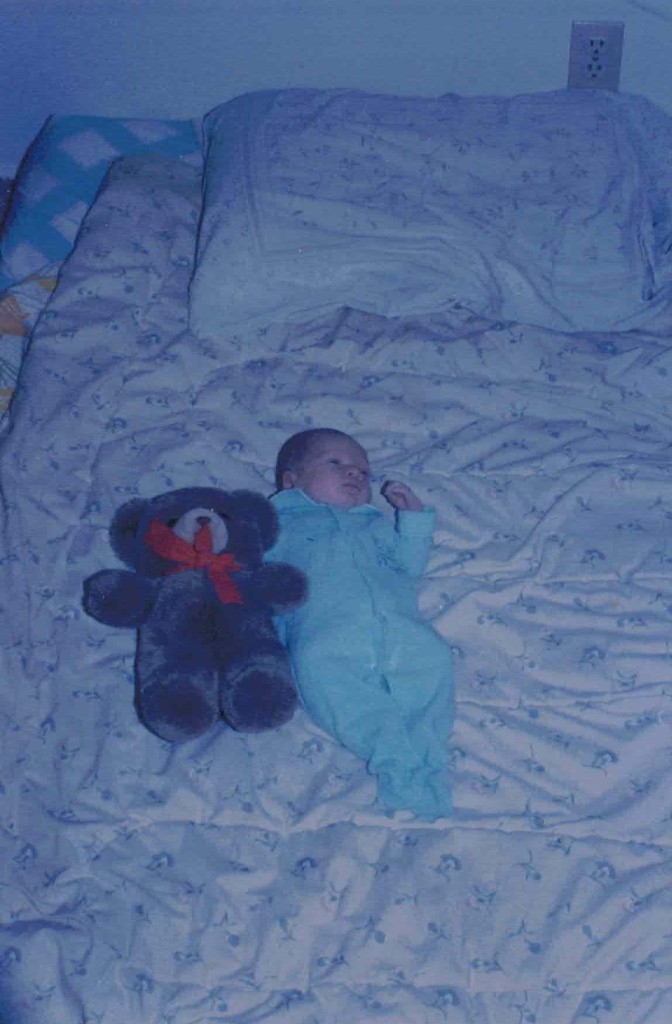





Struggling
I haven’t written in this blog for over three months. I could give platitudes, like “I’ve been so busy with work,” or “it’s another episode of writer’s block.” Both of these are true, but they are often true, and I’ve managed to write in this blog for over 12 years now.
I understand the “writer’s block” part of it. It’s not really a block. It’s a reluctance to write about negative things when I know many of the people who read this blog think of me as a successful athlete, and I feel the pressure to be a role model with a positive attitude at all times.
Yet for the past few months I’ve been struggling. What are the real causes of my silence?
I’ve been grappling with whether I can write about the topics many older people become obsessed with—topics that can be dark and frightening. In writing about them, I’m exposing my own fears and vulnerability.
Moveover, our society promotes, relentlessly, the idea of “focusing on the positive.” And although I agree with this philosophy in general, and try to apply it to my own thinking and actions, there are many times I can’t be positive.
This was especially true in the past few months, when I realized I’ve joined a new club, a club that until now I couldn’t even imagine being a part of. I’m an Older Person, soon to be a legal Senior Citizen. People say age is just a number, but that’s not true. Becoming older has real mental and physical consequences. What are some examples of what this means for me?
Part of the reason I’m writing this post now is because I’m resilient. Maybe I had to go through this transition period when I was adapting internally to all these changes. Also, I realize that the grief and stress of the past two years isn’t something that a person gets over instantly. In 2022, I made many trips to Toronto to visit my father while he was wasting away from kidney disease. Last year, my cat Tux died from the feline form of the same disease. I no longer have a home in Toronto, but I now own a beautiful apartment in Port Moody.
I recognize my resilence because while I was writing some “symptoms” of my aging in the list above, the fighter in me was thinking of a counter-list. This is a list of positive activities that I’m currently engaged in as I try to “gracefully” evolve into an older person who is productive, wise, joyful, and grateful.
Insomnia
My biggest struggle is with insomnia, my lifelong enemy. There is a long story about how it started, which I have written about before. There is no physical cause for it, and I practise good sleep hygiene and follow all the other sleeping tips available in books and online. But anxiety is powerful, and the mind is capable of astonishing feats of negativity that can lurk beneath an outward display of positivity.
The heart of my struggle is a lack of energy that saps my productivity enormously, and, at times, causes depression, despair, and a lack of belief in myself. I believe this is due more to insomnia than getting older, though the latter is a contributing factor. My insomnia has been particularly bad in the past few months, even though it should have improved after my life became more stable last year.
What I am facing is not insomnia caused by physical problems or high-pressure, anxiety-provoking circumstances. I’m trying to overcome over 40 years of anxiety about the sleeplessness itself, and the addiction to the sleeping pills that I rely on too often to sleep. Lately, I’ve become disgusted by the side-effects of the drugs: they often leave me feeling lethargic and slightly nauseated the following day.
A few times in the past I’ve tried to get professional help with my insomnia, but other than gaining a better understanding of how anxiety contributes to it biochemically, nothing changed. This year, I’m especially motivated to find help with my insomnia because I want to go to Japan in November to visit my son, his wife, and my grandson. Travelling always exacerbates my insomnia. How will I sleep when I get to Japan, so I can enjoy my visit?
In February I decided to try an online sleep app called “Stellar Sleep.” I’ve been following it faithfully for three months. The short story is that it hasn’t helped me at all, other than to make me document exactly how badly I’m sleeping. I could write a whole article about this program’s failings. Like much of AI and online content, its information and other content (relaxation music, guided meditations, etc.) is abbreviated, superficial, and impersonal. I learned nothing I didn’t already know about sleep. When I’m having a sleepless night, Stellar Sleep doesn’t help me. What is far more valuable is being able to talk to my partner Keith, who comforts me, or even realizing from Facebook posts that some of my friends have struggled mightily with insomnia too.
I’m not sure if this is the right attitude to take, but sometimes I think that one of the features of getting older is becoming resigned to some things. Insomnia is a problem that can’t be solved by strong willpower, discipline, or desire. It’s ironic: sleep so often comes when I’ve resigned myself to having a sleepless night.
I have some tough days after nearly sleepless nights. Yet, over the years, I’ve learned that the night hours are the worst. I’ve mastered coping mechanisms for getting through sleep-deprived days. A lot of it is simply acceptance that I can’t always be at my best. Morning coffee almost works a miracle, and I can be productive in the morning no matter what. I know there will be an afternoon “dead” period, when I feel exhaustion and a sense of hopelessness. I know, too, that I will pull out of it.
It takes only one night of sleeping for a solid six hours for me to feel good again. I marvel at the resilience of my spirit. Once again I am able to think positively again about what I can accomplish and enjoy, both today and in the future.
***
We all struggle
Sometimes I feel overwhelmed by my insomnia problem, but I always try to put it in context. In our productive, social-media-happy culture, we often don’t see that others are struggling, too. And I know that many people in my age group are facing serious health problems and/or pain, or trying to cope with their aged parents’ complicated medical situations.
Remembering this, let’s be kind to each other—and to ourselves. The Bible (King James version) says: “For his anger endureth but a moment; in his favour is life: weeping may endure for a night, but joy cometh in the morning” (Psalm 30:5). That is so often true for me! And I still feel that every new day offers infinite possibilities.